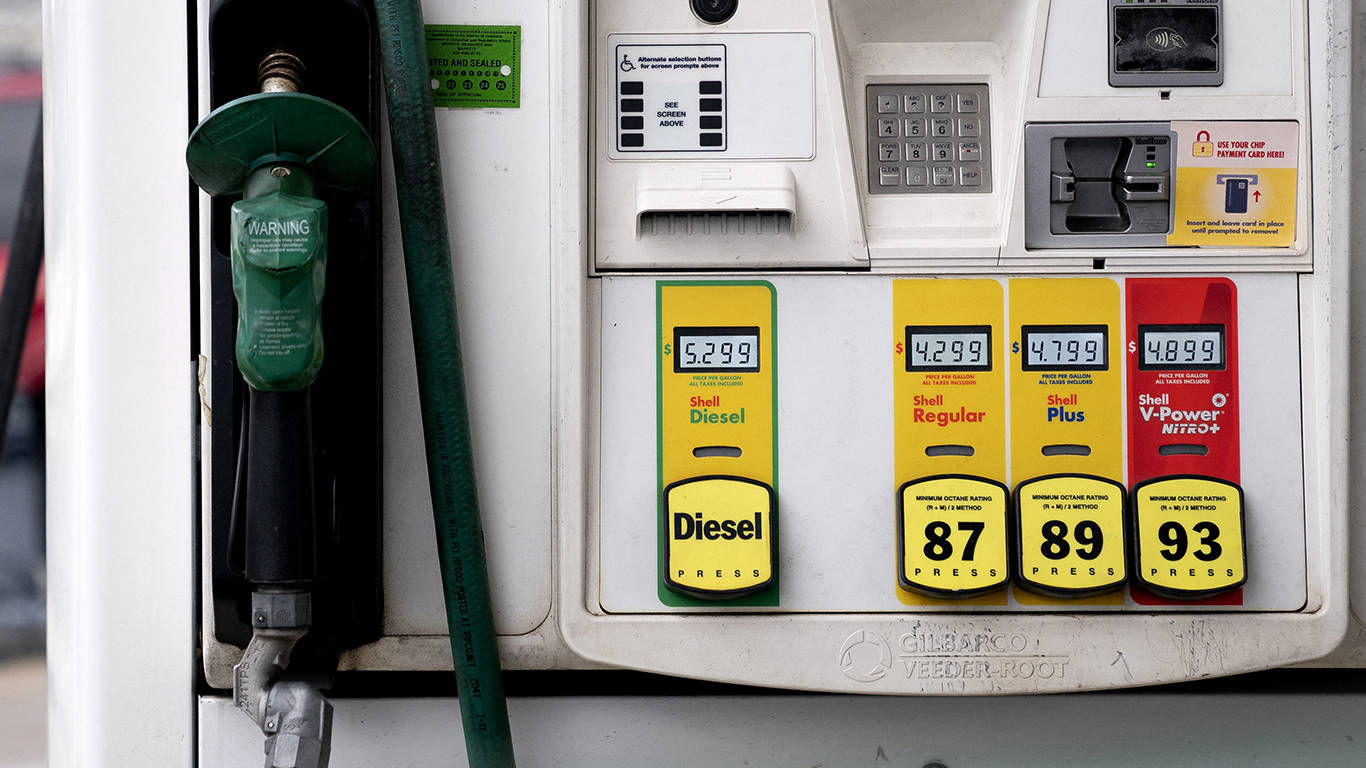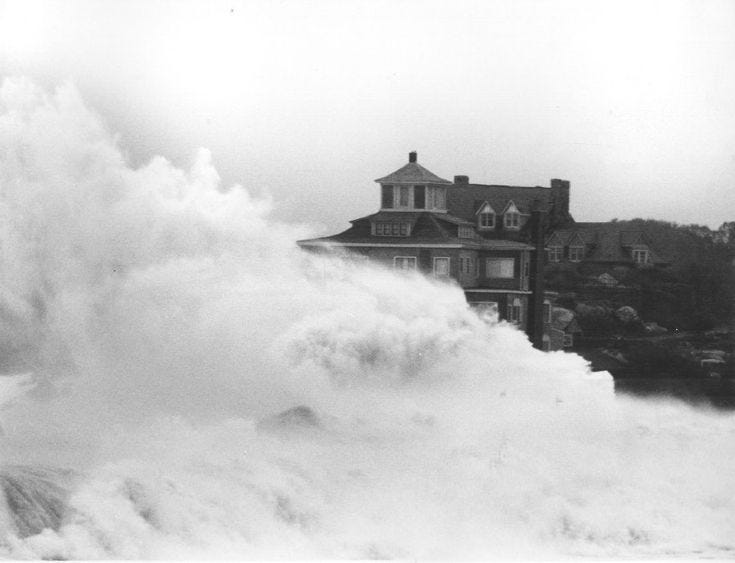Sri Lanka’s government has been under fire over shortages in food, fuel, and other essential goods
Sri Lanka’s state-run Ceylon Petroleum Corporation (CPC) on Friday started rationing the amount of fuel available at pumps. The bankrupt country defaulted on its foreign debt payments this week, and food and energy shortages have triggered mass protests against President Gotabaya Rajapaksa’s government.
Motorists in cars, vans, and SUVs will be limited to 19.5 liters of fuel per purchase, while motorcyclists will be restricted to four, French state-media AFP reported. Motorists will also be banned from filling fuel cans.
The CPC controls around two thirds of Sri Lanka’s fuel market, with Lanka IOC – a local subsidiary of the Indian Oil Corporation – controlling the rest. Government officials told AFP that Lanka IOC would likely follow suit and introduce rationing at its own stations in the near future.
Filling stations across the country are running out of fuel, while cooking gas is also in short supply, with Litro Gas – Sri Lanka’s main distributor – saying it won’t have any available until Monday. Food has reportedly increased fourfold in price, and long queues for staples like rice, milk powder, and medicine have been reported.
The entire cabinet of Sri Lanka resigned earlier this month, leaving President Gotabaya Rajapaksa and his older brother, Prime Minister Mahinda Rajapaksa, to form a new government. Protesters, however, have continued to gather in the capital of Colombo, blaming the president for their economic misfortune.
Sri Lanka’s financial and humanitarian crisis was in part accelerated by the Covid-19 pandemic, as the island nation has lost revenue generated by tourism…
…click on the above link to read the rest of the article…











NEW YORK – The new reality with which many advanced economies and emerging markets must reckon is higher inflation and slowing economic growth. And a big reason for the current bout of stagflation is a series of negative aggregate supply shocks that have curtailed production and increased costs.
This should come as no surprise. The COVID-19 pandemic forced many sectors to lock down, disrupted global supply chains, and produced an apparently persistent reduction in labor supply, especially in the United States. Then came Russia’s invasion of Ukraine, which has driven up the price of energy, industrial metals, food, and fertilizers. And now, China has ordered draconian COVID-19 lockdowns in major economic hubs such as Shanghai, causing additional supply-chain disruptions and transport bottlenecks.
But even without these important short-term factors, the medium-term outlook would be darkening. There are many reasons to worry that today’s stagflationary conditions will continue to characterize the global economy, producing higher inflation, lower growth, and possibly recessions in many economies.
For starters, since the global financial crisis, there has been a retreat from globalization and a return to various forms of protectionism. This reflects geopolitical factors and domestic political motivations in countries where large cohorts of the population feel “left behind.” Rising geopolitical tensions and the supply-chain trauma left by the pandemic are likely to lead to more reshoring of manufacturing from China and emerging markets to advanced economies – or at least near-shoring (or “friend-shoring”) to clusters of politically allied countries. Either way, production will be misallocated to higher-cost regions and countries.
…click on the above link to read the rest of the article…